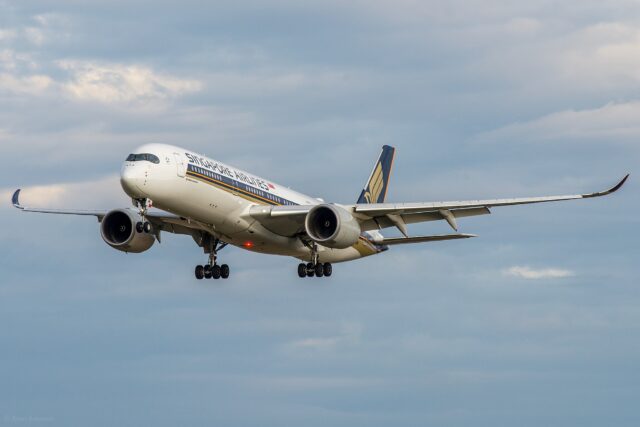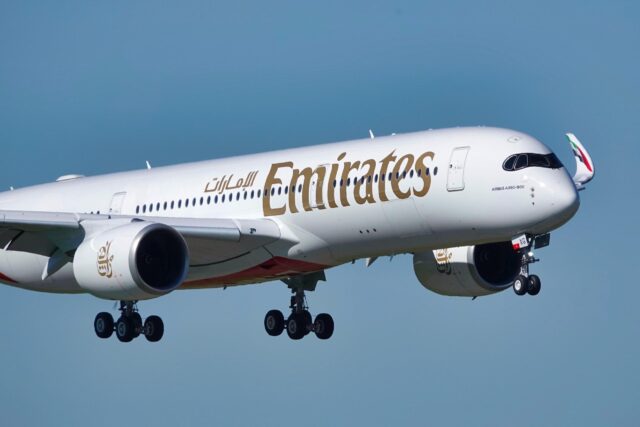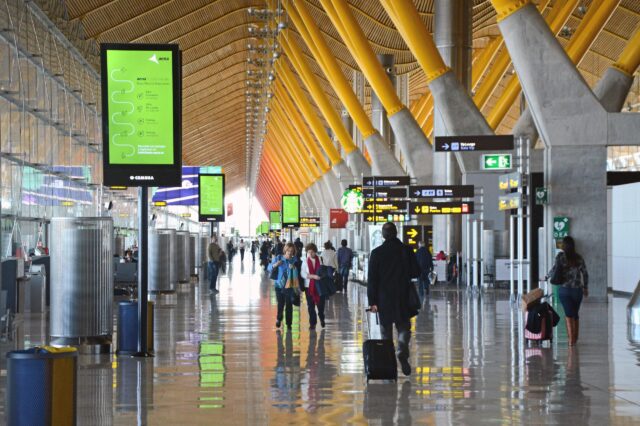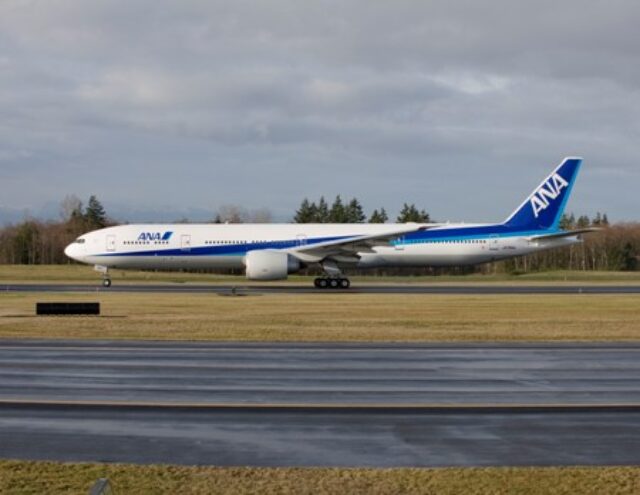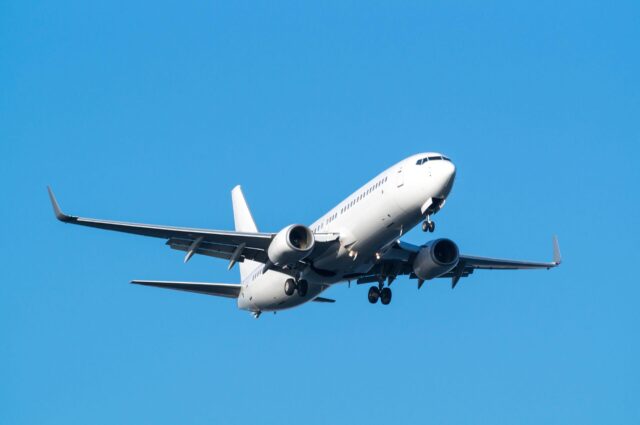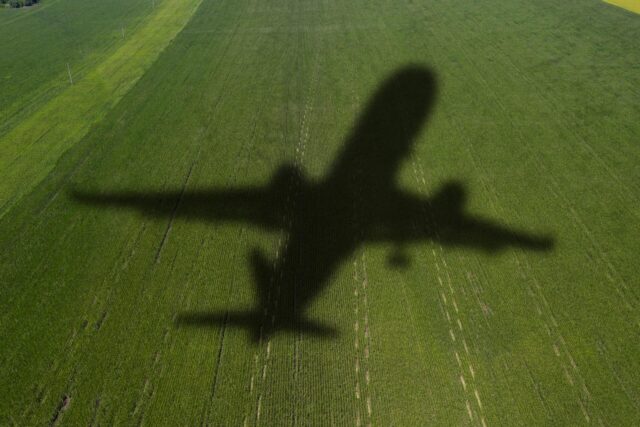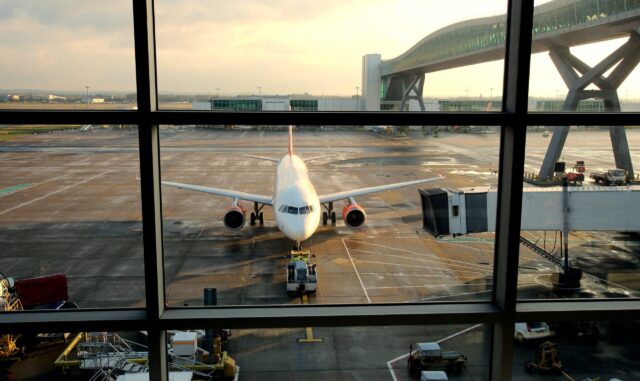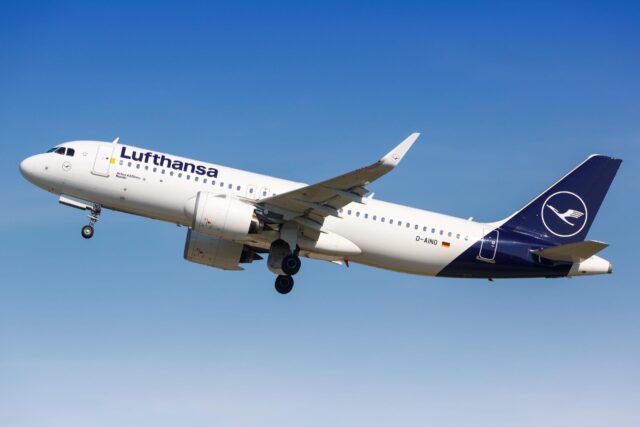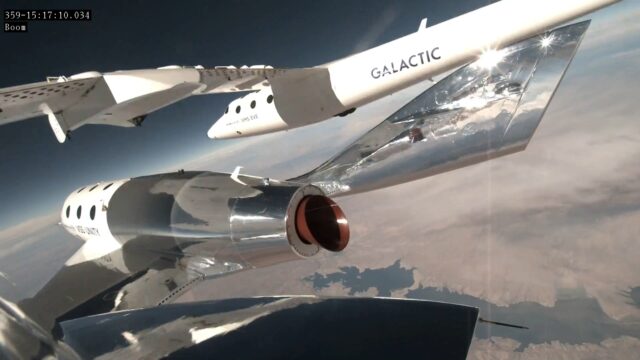USAF, RAF develop collision avoidance for F-35 fighter jets to avoid civil aircraft

July 25, 2025

The United States and the United Kingdom are working on incorporating safety collision avoidance systems on the Lockheed Martin F-35 Lightning II fighter jet. This will help the fighter jet avoid mid-air crashes with civilian aircraft.
US Air Force is working to develop collision avoidance for the F-35
Aviation Week reported on July 23rd that the new F-35 system, called the “collision avoidance manual deconfliction” (CAMD), is currently undergoing tests at Edwards Air Force Base in California. Edward’s is one of the major test bases for new military aircraft.
The development was unveiled by Air Force Research Laboratory (AFRL) programme manager, Kevin Price (himself a retired F-16 pilot).

The new software on the F-35s will help avoid collisions with civilian aircraft, which are equipped with Traffic Collision Avoidance System (TCAS). It will also help avoid crashes with other military aircraft. Military aircraft currently lack these systems to prevent these air-to-air crashes.
According to Aviation Week, CAMD derives from an “automatic collision avoidance system that AFRL is developing to prevent midair collisions between military aircraft.” The system requires a data link on both aircraft.
Developing an anti-collision system for military aircraft is complicated, as they are designed and flown completely differently from civilian aircraft. Making matters worse, no data link exists that allows civil and military aircraft to communicate in a way that would allow such an automated system to work. The CAMD project aims to overcome this.
The system is being designed so that fighter aircraft can be within 500 feet of each other, can undertake “some extremely aggressive manoeuvring,” and not engage unless the aircraft are going to hit.
Military collision and near-collision in 2025
The announcement comes days after a Delta Air Lines aircraft had a near-miss with a Boeing B-52H strategic bomber. The Delta Embraer E175 had to manoeuvre aggressively to avoid the large bomber near its base at Minot in North Dakota.

Price also referenced the 29 January 2025 mid-air collision at Washington-Ronald Reagan Airport, when an American Airlines CRJ700 regional jet collided with a US Army UH-60 Black Hawk helicopter. All people on both aircraft perished. He stated that this technology can prevent this sort of thing from happening again.
While these have been major headlines in 2025, the development of CAMD technology is unrelated to these specific incidents, as it has been in the works for several years. No timeline was given for when the system will be ready, although it has been deferred to the Block 4 update.
The F-35’s British connection
Work on the CAMD technology had been progressing as an unfunded AFRL proposal for years. This changed when the UK Ministry of Defence agreed to pay for half of the development cost. This, in turn, prompted AFRL to pay for the remaining half.
The UK wants a system that will help mitigate the risk of its F-35s colliding with airliners in the country. The UK is the only Tier 1 partner in the F-35 programme. Around 15% of every F-35 is made in the UK, and the country’s BAE Systems is one of the top three defence contractors of the programme.

Meanwhile, the existing US Air Force Auto-Ground Collision Avoidance System has prevented 12 crashes of US fighter jets since rolling out in 2014. It was first used on F-16s in 2014 and then on F-35s in 2019.
Lockheed Martin describes a situation where a student pilot, training with the Arizona Air National Guard’s 152nd Fighter Squadron, succumbed to G-Induced Loss of Consciousness (GLOC) during a high-speed manoeuvre.
As the unconscious pilot’s F-16 careened toward the ground, the Auto GCAS determined that a ground collision was imminent and initiated a fly-up manoeuvre to roll the F-16’s wings level and upright as the pilot regained consciousness and added Gs to the recovery, saving both pilot and plane.
